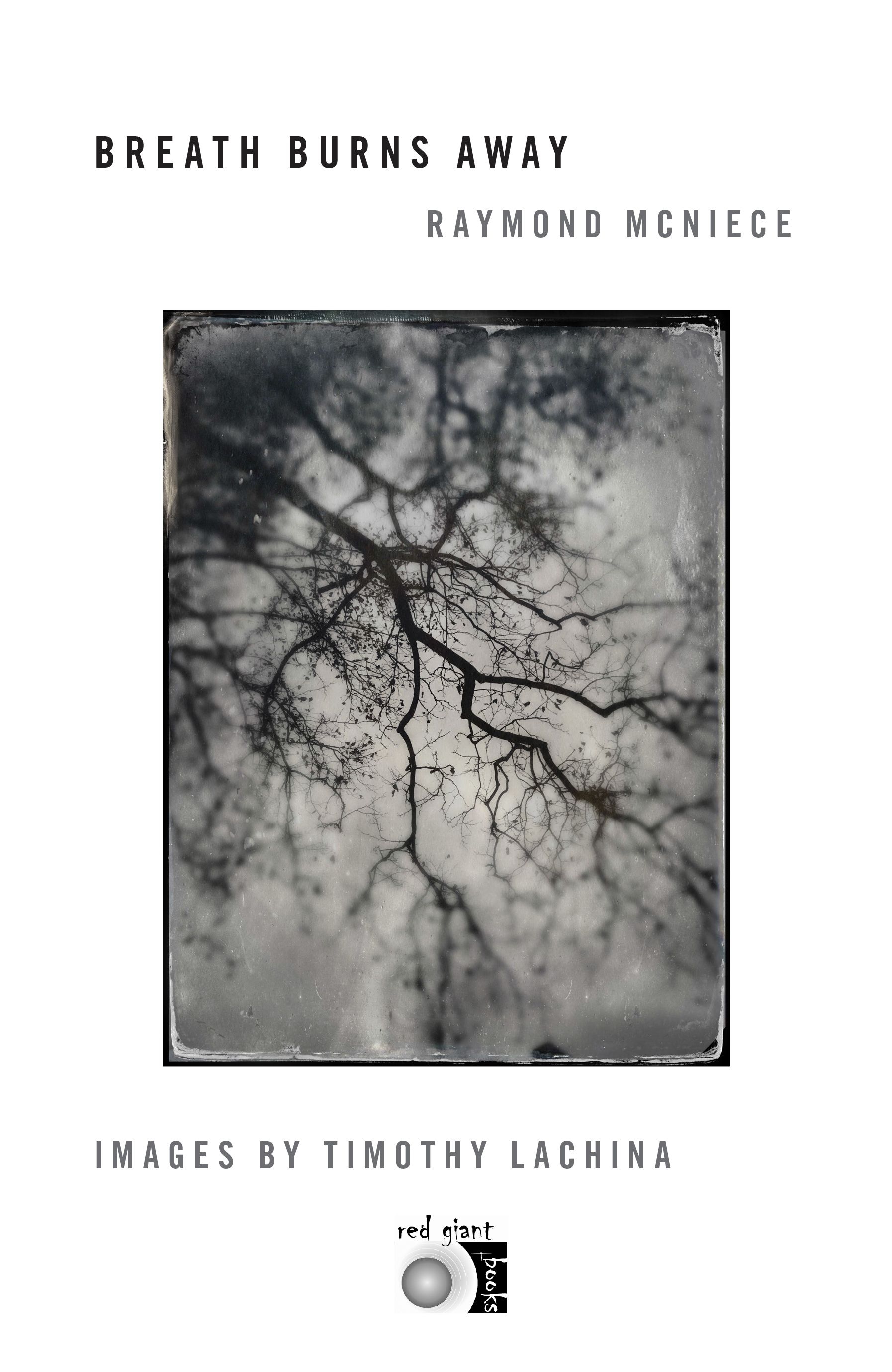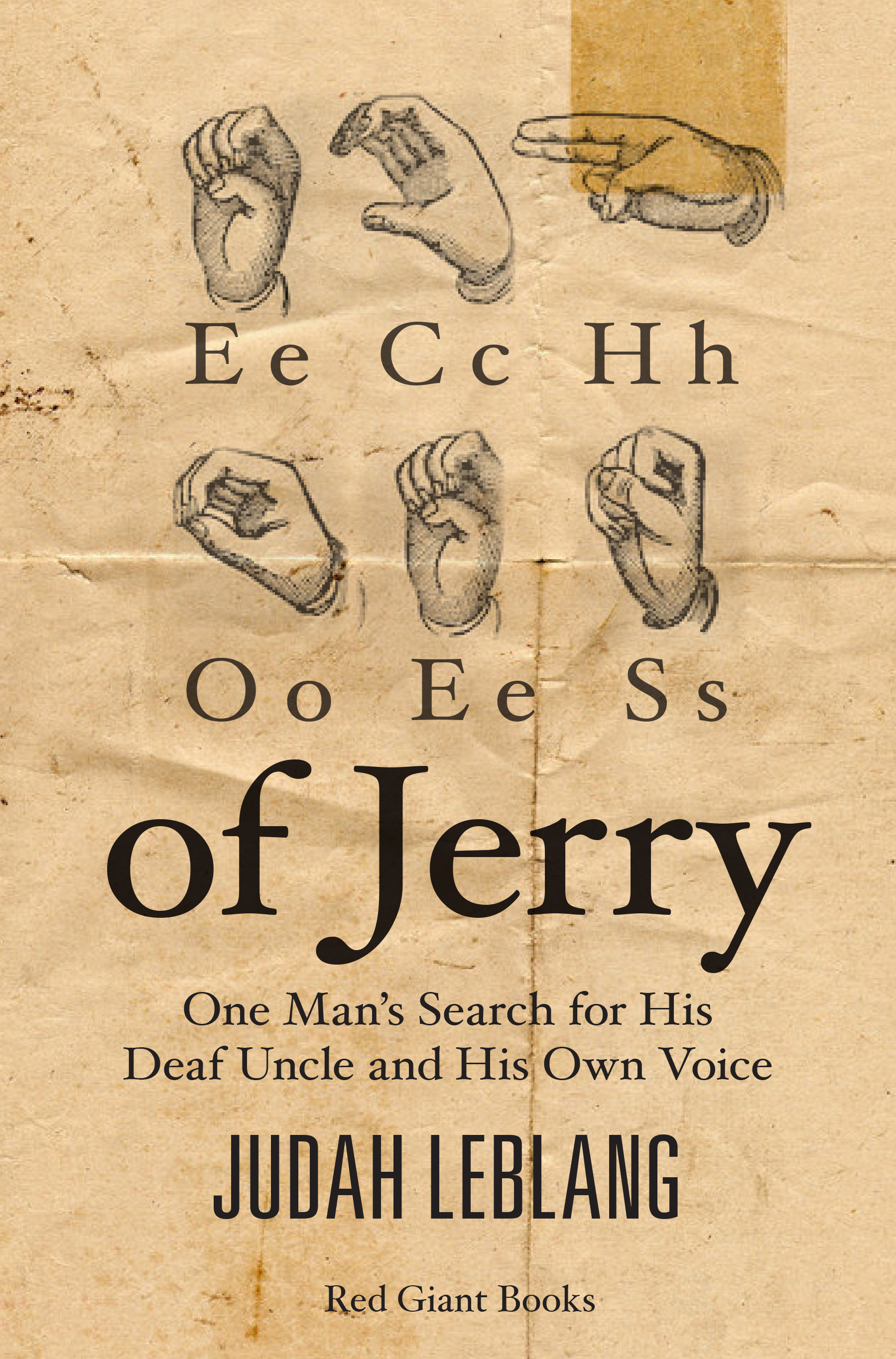AMERICAN STYLE HAIKU AND SENRYU Many of the poems in this collection are not haiku in the strictest sense. Yes, they are composed of three short lines in the present tense releasing a moment of revelation — outsight insight — in short, a verbal rendering of the “aha” moment of zen awareness. And they often depict that intersection between human and nature. But they do not employ a 5-7-5 syllable format which is, anecdotally anyway, the first response for a layman’s definition of the form. Nor do they have a “kigo”, or season word – in traditional Haiku one word from a set list to denote the time of year in which the poem occurs, for instance “frog” for spring. Neither do they use the “cutting” word, a verbal particle to accentuate the juxtaposition of images which usually occurs at the end of the second line; although they do occasionally use a dash to that effect. Many of the poems here could be called senryu, comic haiku that describe incidents of human nature. I feel compelled to mention this to warn off purists’ criticisms. These are American English haiku/senryu. I make no claim otherwise. Those seeking traditional…
Growing up in suburban Cleveland, Judah Leblang felt a deep connection with his Uncle Jerry, an orally-educated deaf man who lived an isolated life between the deaf and hearing worlds. Like Jerry, Leblang felt different too, struggling with his sexuality and trying to find his place in society, finally coming out in the mid-1980s. Many years later, after working in the Deaf Community and later, losing much of his own hearing, the author goes on a quest to understand his late uncle and to give him a voice—this man who died of a heart attack at 44, and who remained a mystery to those around him, encased in his silent world.

